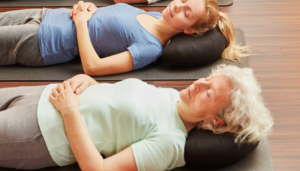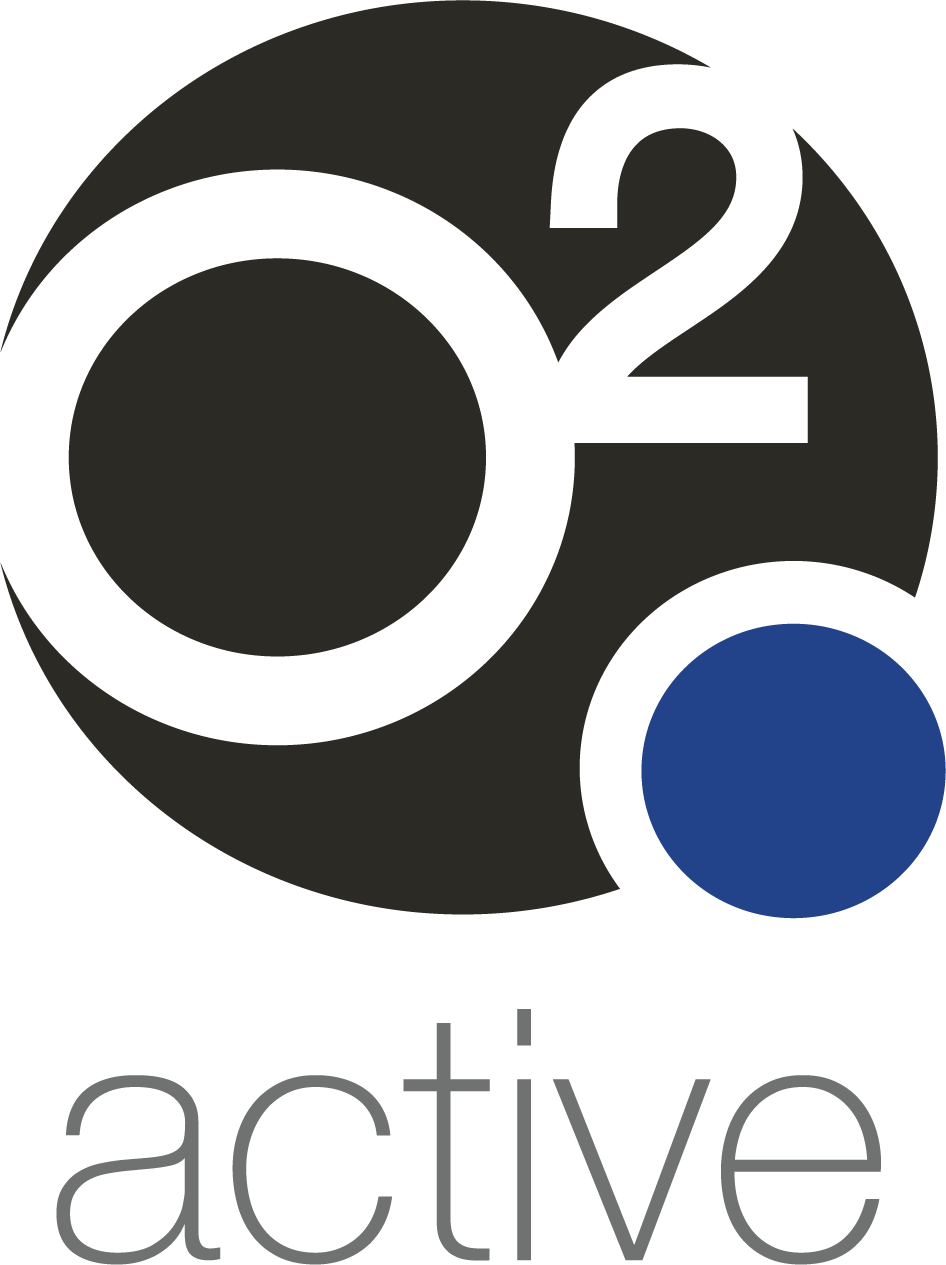
Written by Sean Young
In today’s fast-paced world, where an abundance of information is being constantly presented to us, it can often be difficult to take a step back and take in all the changes. This can cause feelings of being unsure, stressed and overwhelmed which have the potential to negatively impact many aspects of our life.
There are a number of methods we can implement to help reduce stress. Techniques such as meditation, yoga and physical exercise can help reduce feelings of anxiety and other stress related disorders (Kolehmainen, 2014, Woodyard, 2011). One popular method that we really recommend trying is to simply breathe. Breathing is time efficient, easy to do and simple. A commonly used term for breathing is diaphragmatic breathing.
What is diaphragmatic breathing?
Diaphragmatic breathing, also known as deep breathing, belly breathing or abdominal breathing, is a breathing method that strategically contracts the diaphragm (Fogarty, 2018). The diaphragm is a muscle that is located horizontally between the thoracic cavity and the abdominal cavity. Not only does this method help reduce stress symptoms, but it also helps strengthen your diaphragm and can also decrease oxygen demand.
Benefits of diaphragmatic breathing
Research shows that diaphragm breathing can help reduce stress and blood pressure and even assist in treating eating disorders, migraines, and anxiety (Hamaski, 2020). Diaphragm breathing can also be effective for improving exercise capacity and respiratory function in patients with chronic obstructive pulmonary disease (Holland, 2012) and to some extent patients with asthma (Santino, 2020).
How to perform diaphragmatic breathing
According to Harvard Health, the best way to perform diaphragmatic breathing is by doing the following;
- Lie on your back on a flat surface (you can use a pillow under your head and/or your knees for support).
- Place one hand on your upper chest and the other hand on your belly.
- Breathe in slowly through your nose, letting the air in deeply towards your lower belly. The hand on your chest should remain still, whilst the hand on your belly should rise.
- Tighten your abdominal muscles and let them fall inward as you exhale through pursed lips.
You can also practice sitting in a chair, with knees bent and relax your shoulders, neck, and head. A good place to start is practising for 5-10 minutes a day, either once or several times a day if possible.
Like many things, it is important to do this consistently to see improvements in both your physical and mental health.
References
Fogarty, M. J., Mantilla, C. B., & Sieck, G. C. (2018). Breathing: motor control of diaphragm muscle. Physiology, 33(2), 113-126.
Hamasaki, H. (2020). Effects of Diaphragmatic Breathing on Health: A Narrative Review. Medicines, 7(10), 65.
Holland, A. E., Hill, C. J., Jones, A. Y., & McDonald, C. F. (2012). Breathing exercises for chronic obstructive pulmonary disease. Cochrane Database of Systematic Reviews, (10).
Publishing, H. (2021). Learning diaphragmatic breathing – Harvard Health. Harvard Health. Retrieved 11 March 2021, from https://www.health.harvard.edu/lung-health-and-disease/learning-diaphragmatic-breathing.
Stults-Kolehmainen, M. A., & Sinha, R. (2014). The effects of stress on physical activity and exercise. Sports medicine, 44(1), 81-121.
Woodyard, C. (2011). Exploring the therapeutic effects of yoga and its ability to increase quality of life. International journal of yoga, 4(2), 49.
